Tips on watching & Photographing birds in Backyard
It is not possible to visit wildlife parks regularly for many reasons, time and money just two of them. So how does one quench the thirst to click nature around you? Well for me I look around photographing birds in the backyard. Technically it is not backyard as I live in a high-rise building that has emerged from the ashes of golden Sarson Ke Khet. I have to live with this burden for a long time but I try to compensate by doing my bit for our little friends around us, like installing bird nests for the little birds and not spraying any insecticides on the few pots where I try to grow herbs and veggies in our balcony.
I try to click as many birds and bees and flowers in our apartment complex and am working with our RWA to make the gardens better and more bird and bees friendly for the coming season. We hope to grow more flowers and have recently started a nursery with help of some residents and hope to soon start a community herb garden. In the meantime during my walks in the complex, I have noticed some birds around and I have tried to click them with my Nikon D 7000 and the 300 mm lens that I possess and was used to click most of the pictures in this post.
Like any bird-watching trip, I first began by just listening to the sounds of the birds and identifying the areas where the birds frequent. As I mentioned in my post about Sultanpur Bird Sanctuary, there was once a water body nearby and fortunately, we still get some White-Throated Kingfisher visiting our complex in search of food. I have never seen them eating anything but find them regularly perched on a few trees near our clubhouse as well as in one of the central gardens. With the loss of many waterbodies, the white-throated kingfisher in cities is fast adapting and becoming a backyard bird where possible to survive.
I have spotted three species of kingfisher here – White-Throated Kingfisher, Pied Kingfisher, and the Common Kingfisher. But so far I have clicked only the White-throated Kingfisher inside one of the gardens on the tree.
How To Spot & Photograph Birds in Backyard

We humans can learn to share the planet with these beautiful creatures- also check this post with animals sharing water
As always my most precious and memorable birding adventures are with the energetic Purple Sunbird. Always on the move and difficult to spot in the dense bushes of a Powderpuff or Calliandra haematocephala . But once the birds realize you are not there to harm them, they become bolder and their appearance more frequent. Rarely do the Purple Sunbirds sit on a flower or branch for more than a few seconds and you need to be prepared for your shots. One thing I have learned around these birds in the backyard is that they have a few favorite perches and as the choices of flowers are limited they tend to come back to the same place again and again. So now rather than chasing birds to click, I choose a shady or sunny corner depending on the season, with a flower that is clearly visible and waits. And then I wait some more, and finally after some more waiting the patience pays off and the bird comes to suck nectar from the flower where your camera is already focused. Normally for birding, I use the largest aperture my lens supports at highest focal length which in my case is F -5.6 for aperture and 300 mm focal length. I use Auto ISO feature on my Nikon D7000, where you can set the upper limit for ISO and the camera decides the optimal ISO value. The advantage of this feature is that now I don’t have to worry about any setting on the camera for my bird photography.
Here are the typical settings I use for Bird Photography in almost 95 % of cases. Remember these are my favorite settings and depending on the light, lens, camera, etc. you may want to experiment with them.
The Best Camera Settings For Bird Photography
Aperture for Bird Photography: Almost all my pictures of birds are clicked in aperture priority mode. I choose F -5.6 or whatever the lowest aperture ( Remember = Lower aperture means more light in the lens, so f-5.6 will let in more light compared to F-11) ) my lens support at full focal length. The advantage of a large aperture: With a large aperture on a long lens you get smooth bokeh and the background is thrown out of focus, thus making your bird stand out in the picture.
ISO settings: Auto ISO with an upper limit of 800 in my case. Some of the newer cameras are good even at 12500 ISO, my rule of thumb is that I never stretch the camera for ISO and always stay one or two stops below the highest recommended value. So if your camera says it is good till say 6400, so I will not go beyond 1600-3200. If the camera manual says it is good at 3200 then I will not go beyond 800-1600, unless I am planning some creative grainy shots. But as in bird photography, your aim is to capture bird as it is so I follow my rule of thumb of staying 1-2 stops below the recommended value of ISO as per camera manual.
Shutter Speed: I like to stay above a shutter speed of 1/ 600 for bird photography. As I almost always click birds in Aperture priority mode, I let the camera decide the same, with me overriding only in cases when the shutter speed given by camera is less than 1/ 300 seconds. There are many a rule of thumb about the shutter speed and the relationship between the focal length and they give you accurate shutter speed based on the crop factor, focal length, VR etc. But in order to avoid last minute calculations, and to be on safe side I simply shoot at shutter speed double of the focal length. So since I have a 300 mm lens I like to stay at 1/600 seconds or above to freeze the motion. This picture of mine, that got published in Better Photography magazine with birds flying circling above a fisherman was clicked at 1/5000 of a second. I always keep the IS or VR ( Image Stabilization or Vibration Reduction ) on my lens on as it helps in reducing the camera shake blur. The higher shutter speed helps you get sharper pictures where you can freeze the motion.
Anyways after this little Global Gyan ( lesson ) on photographing birds in backyard let us move forward with some other birds and bees that I clicked in our housing society.
While most encounters with birds in the backyard are heart warming, my encounter with this peahen made me sad. As I mentioned our home was surrounded by green fields till a few years ago and slowly all are now malls and apartment complex the common birds are losing on their habitat. I was noticing this peahen hopping from one rooftop to another in the complex. Initially, I thought that she is looking for something to eat. I continued to observe her for a few days and realized she is looking for a place to make a hen and raise a family. Finally, she settled in an unoccupied apartment right opposite to ours and settled there. But I was unable to document her nesting as I had to travel for 15 days and by the time I returned she was gone and I have never seen her again. The apartment is now occupied and there is no chance of a peahen making a nest there.

A House for Mrs. Peahen?
But while looking to click birds don’t forget the other little creatures that you will find on the trees that form an important part of evolving city ecosystems. You will spot ants, chameleons, squirrels, bees, bugs, wasps, butterflies and small flowers all around you. If you take kids with you on the nature walk in your backyard or nearby garden they would love to look at these creatures once pointed out and will soon be spotting them much before you.
How to attract birds, bees, & and butterflies in your backyard
There are a few simple things you can do to attract bees, butterflies & birds in backyard like
- Grow lots of flowering plants, trees, bushes.
- Do not spray insecticides and pesticides as they kill the useful insects also. Instead, if necessary use some organic means to get rid of harmful pests ( think Garlic, turmeric, and good old organic soap 🙂 )
- Keep some watering trays in your balcony, near some trees.
- You can make some simple bird feeders and fill them with grains.
- If possible install some bird nests to attract them to stay in those nests.
But one very important precaution you need to take while observing and clicking bees and birds in the backyard is to maintain a healthy distance and never attempt to scare these little creatures who share the planet and the neighborhood with us. Always remember they came on this planet and in this neighborhood much before you or your apartment complex. So dear reader how about picking up those dusty binoculars, clean them and take out that bird book and head to the garden around you and observe some bees and birds in the backyard. Would love to hear your birding stories and see the pictures clicked by you. Feel free to share your pictures by tagging me in your Facebook / Instagram / Twitter posts or share the links here in the comments of the pictures of birds in backyard clicked by you.
Happy Birding watching in Backyard
If you have liked reading the post please feel free to subscribe by email and like it or share it with your friends on Facebook, LinkedIn, Twitter and Google+ .
I promise that I will not sell, rent, or donate your email to anybody

Bud today is gone tomorrow – but not before giving nectar of life to birds and bees – Life cycle of a flower
🙂 🙂 🙂
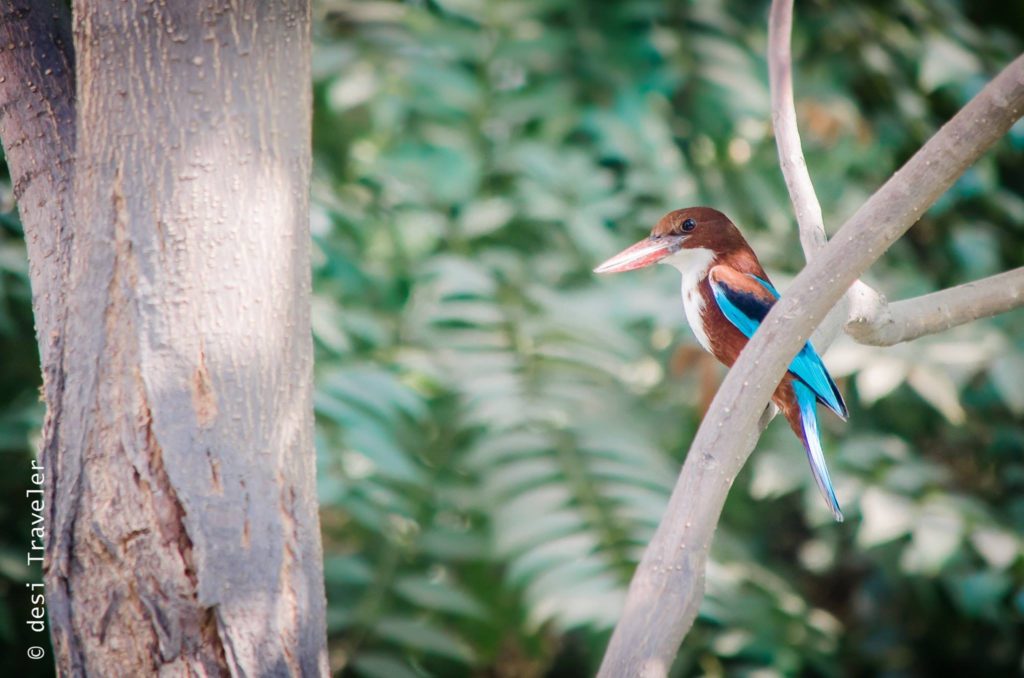
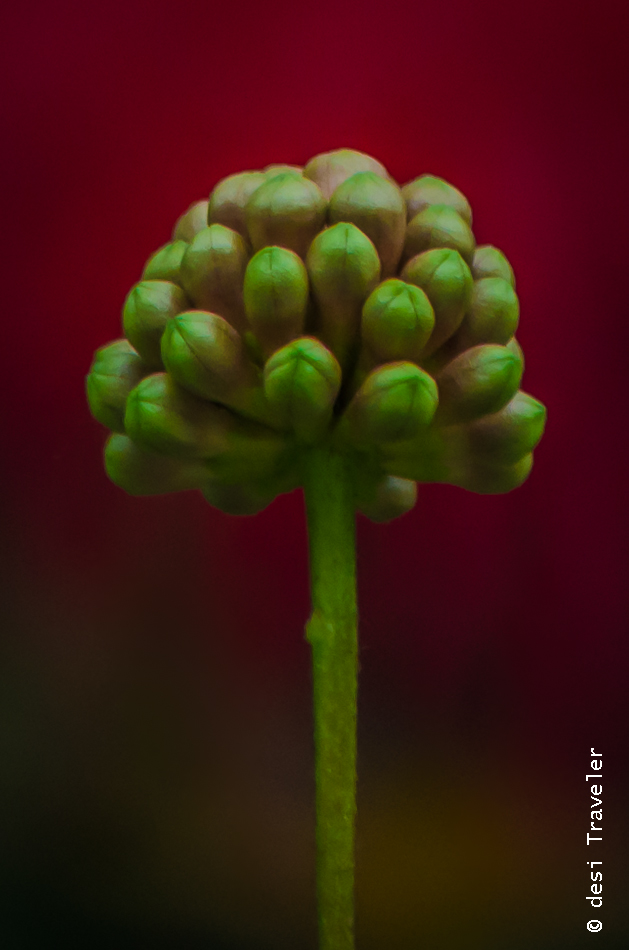
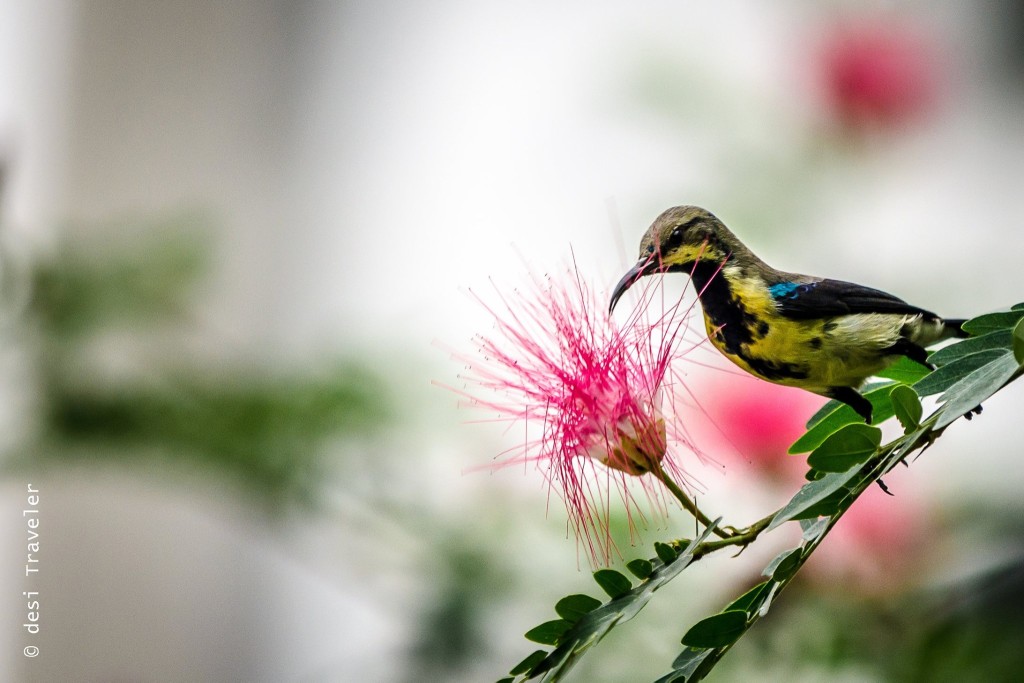
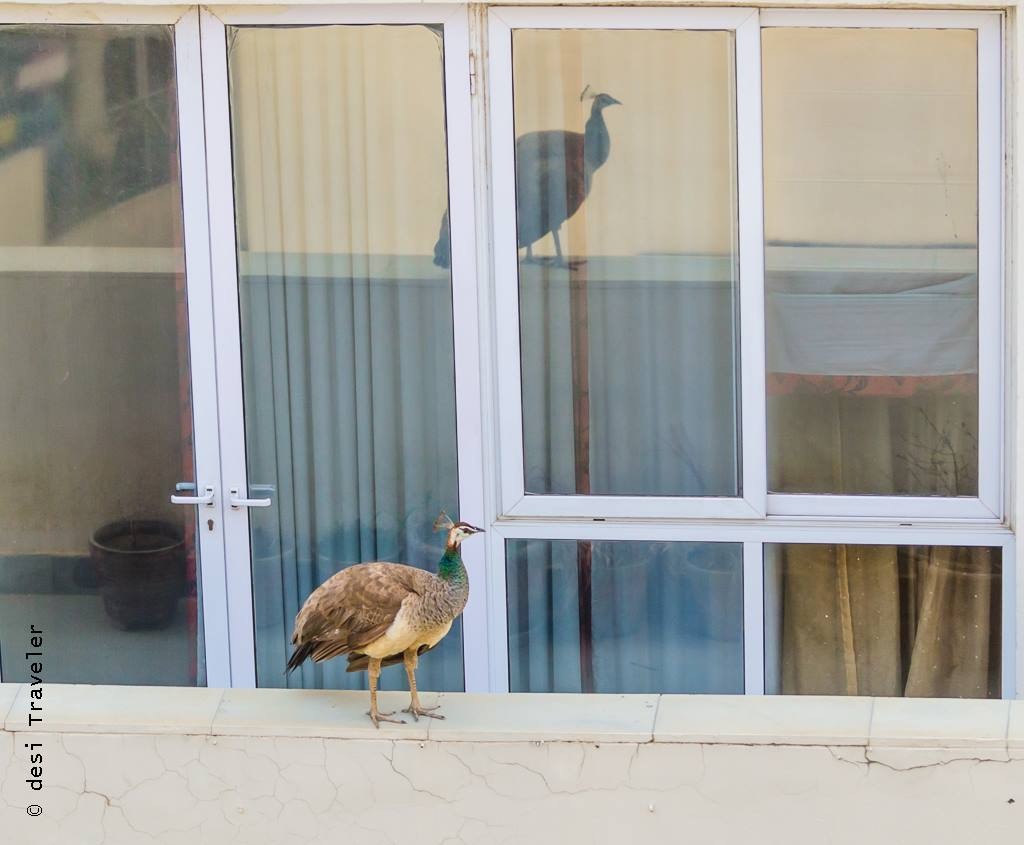
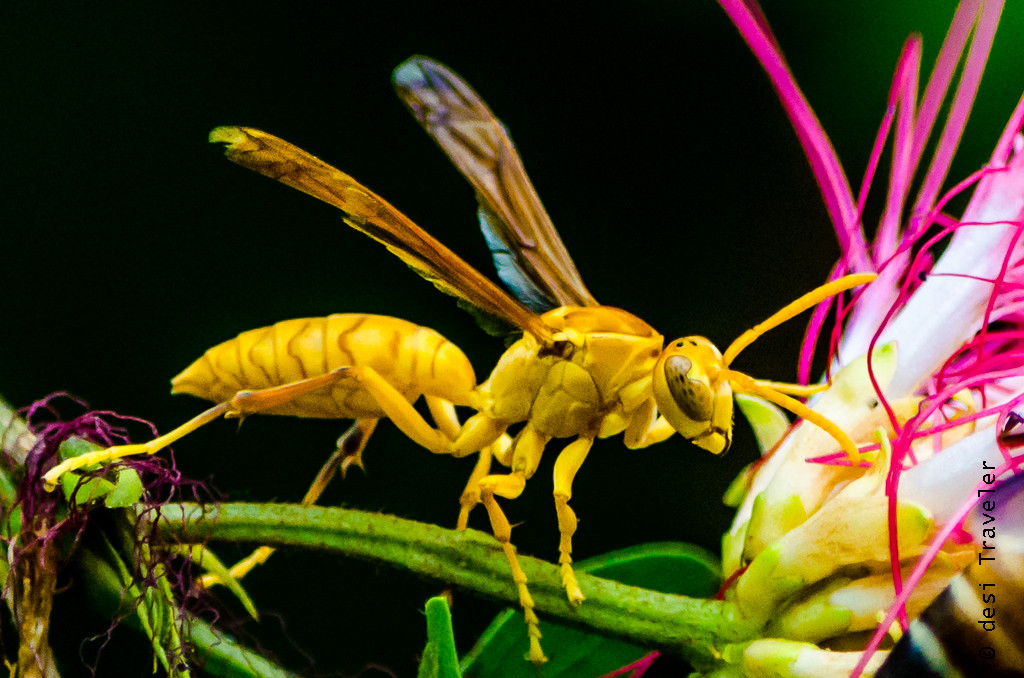
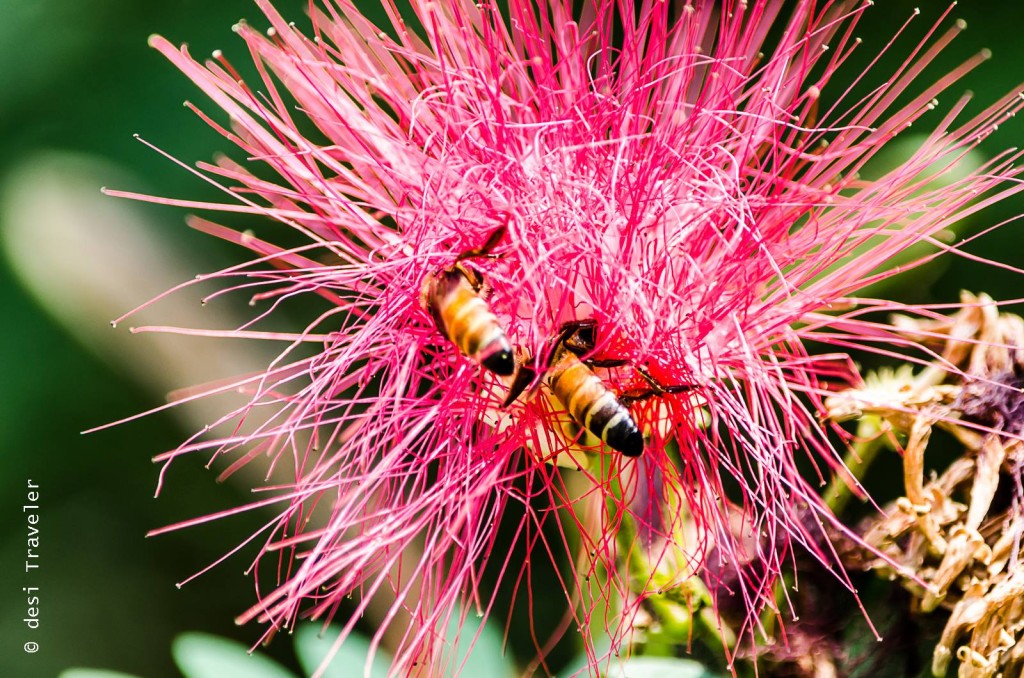

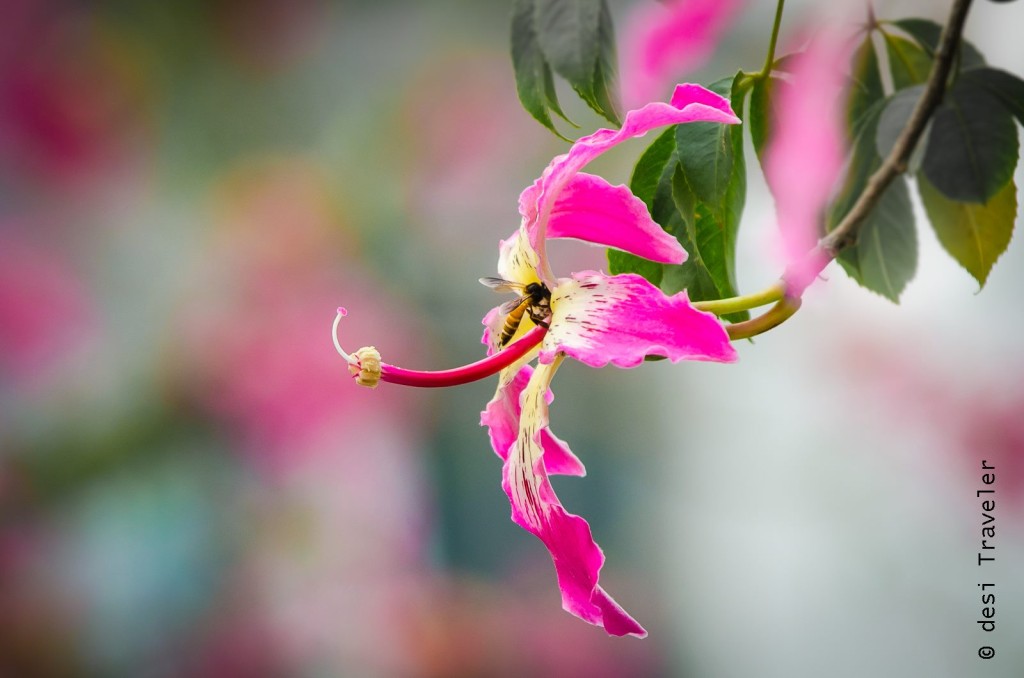

Wow! I also love to capture the flowers,birds and plants in my backyard. But never observed the details so closely. Tips for how to photograph birds is indeed helpful for all the bird lovers as they can capture their favorite birds and cherish the memories. I loved the pictures of purple sunbird and wasp. Wonderful post! 🙂
Thanks Saumy…and with winters coming this is the best time to observe birds & bees 😛
Wow this is an admirable journey through your backyard, yet within the nature… I enjoyed reading it… Thanks for the tips on terrace garden… I am soon going to start one 🙂 Now I have the idea to shoot a sunbird from my balcony, which I was trying for long. Thanks again for sharing. The peahen part was touching indeed… Well, a comment big enough 🙂 so must stop by saying … Awesome pictures.
Thanks a lot Sarmistha…all the best with your Sunbird project .. 🙂
Yup 🙂 Thanks
This post touched my heart, we need to be absolutely cautious about not scaring them away!
Lovely tips, I am still learning them.
Thanks Alok… we all can contribute in our own ways to protect nature around us.
Thanks for sharing this post : Photu gyaan was awesome !! After reading this Post 🙂 went to my backyard and clicked some !! will need your feedback how are they. I will share it with the link of this post.
Thanks Pooja, looking forward to your pictures…and post 🙂
Some excellent photos and a nice bit of photographing ‘gyan’
Thanks Upendra Jee..